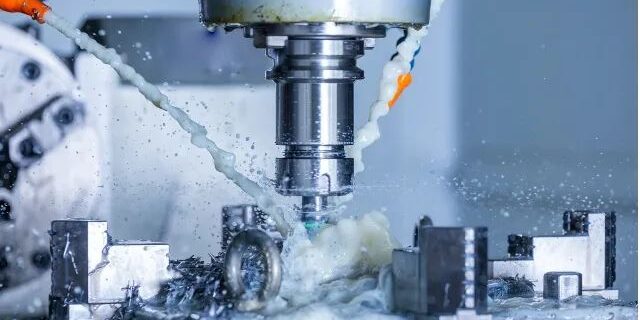Application of low-foaming surfactants in industrial cleaning
“Foam in industrial cleaners not only affects decontamination, but is also difficult to rinse, easy to remain, and even overflows the cleaning device, causing waste. Moreover, the foam will carry away surfactant from the cleaning liquid phase, so low-foaming cleaning products need to be used to achieve good results. Cleaning effect. ”
The generation and stability of foam in industrial cleaning are affected by many factors, such as surfactant structure, other components in the cleaning solution, acidity, alkalinity and electrolytes, temperature, water hardness, oil stains, cleaning methods, etc. Therefore, low-foaming surfactants refer to surfactants that do not produce foam or have unstable foam that disappears quickly under the conditions of use.
Performance Characteristics of Low Foaming Surfactants
Acid/alkali resistance: Under normal conditions, they can be considered to be acid/alkali resistant, especially alkyl-terminated alcohol ethers, which can be stable for a long time under high temperature and high acid/alkali conditions (their own structure will not change)
Surface activity: Due to the limitation of molecular structure, the polar difference between the hydrophilic group and lipophilic group in the surfactant amphiphilic structure is significantly reduced.
Cloud point reduction: Due to the relative increase in lipophilic groups in the structure, the cloud point of low-foaming nonionic surfactants is relatively low.
Freezing point depression: Since the hydrophilic end is blocked by a lipophilic or relatively lipophilic group, the intermolecular force is weakened, resulting in a drop in the freezing point of the product. This property provides convenience for the use of this type of product.
Reduced tendency to gel: This type of product has a greatly reduced tendency to form gels in water, which is beneficial to product formulation.
Application of low-foaming surfactants in industrial cleaning
Dishwasher cleaning: usually pre-washing the dishes before they go into the dishwasher
In-situ cleaning: mainly refers to cleaning during food production and processing. During the cleaning process, the main function of surfactants is wetting. At the same time, the surfactants in cleaning products are low-foaming surfactants, which have the functions of defoaming and suppressing The bubble effect ensures smooth cleaning.
Cleaning of recycled beverage bottles: mainly cleaning of recycled beer bottles
Metal cleaning: In metal cleaning, in addition to wetting, defoaming and foam suppression, surfactants also have a strong decontamination effect. In addition, as cleaning proceeds, oil stains may cause an increase in foam in the system. Therefore, the active agent is required to have good decontamination properties, and not only has low foaming itself, but also has the ability to inhibit foam caused by oil stains.







